Seeker Bio
Inspiring Canadian Women on the Trans Canada Trail
7 Underappreciated Women Trailblazers in Canada
Explore the Achievements of Amazing Canadian Women on the Trans Canada Trail
Inspiring Canadian women on the Trans Canada Trail include some figures whose contributions in shaping Canadian history are relatively well known. For example, monuments along the Trans Canada Trail in Winnipeg, Manitoba and Ottawa, Ontario celebrate The Famous Five (aka The Valiant Five or The Alberta Five), a group of Canadian suffragists who were instrumental in securing women the right to vote and changing public perception of the role of women in society. Similarly, the contributions of Lucy Maud Montgomery, famous author of the internationally beloved Anne of Green Gables series are celebrated along the Confederation Trail on Prince Edward Island, Canada. Recently, the courage and impact of Viola Davis, the Black and civil rights activist who took a stand outside the Roseland Theater in New Glasgow, Nova Scotia have also gained recognition. However, when it comes to historical figures being memorialized in Canada, the contributions of women are largely been overlooked. Interestingly, the Trans Canada Trail offers an opportunity to explore the achievements of some amazing trailblazers who were poets, athletes, teachers, activists, scientists, authors, and artists.
Rita Joe: An Inspiring and Celebrated Canadian Woman on the Trans Canada Trail
Rita Joe (1932 - 2007) is known as the poet laureate of the Mi'kmaq People for her powerful writings on Indigenous identity and the legacy of residential schools in Canada. She was born on March 15, 1932 in Whycocomagh, Nova Scotia to Joseph and Annie Bernard of the Mi'kmaq Nation. At a very young age Rita was orphaned and placed in foster care. Next, at age 12 she was sent to the Shubenacadie Indian Residential School, where she was forbidden from speaking the Mi'kmaq language. Subsequently, she met her husband, Frank Joe, in Boston and they moved back to the Eskasoni Reserve on Cape Breton Island. Amazingly, Rita Joe's career took off in the 1970's when she went back to complete high school and take a course in business education. Her first collection of poetry, Poems of Rita Joe, was published in 1978, and she went on to publish six more influential and significant literary works. In addition to receiving a number of honorary degrees, she won the Atlantic Writing Competition (1975), became a Member of the Order of Canada (1989), a Member of the Queen's Privy Council of Canada (1992), and received the National Aboriginal Achievement Award (1997). The Shubenacadie Resident School where Rita Joe went to school is located right on the Shebenacadie River Corridor section of the Trans Canada Trail in Shubenacadie, Nova Scotia, whereas the Eskasoni Reserve where the poet lived and worked is on the Bras d'Or Lake Water Route on Cape Breton Island, Nova Scotia.
So gently I offer my hand and ask,
by Rita Joe
Let me find my talk
So I can teach you about me.
Marie-Hélène Prémont: Trailblazer in Canadian Sports
Marie-Hélène Prémont (1977 - present) is a top flight athlete who has gained international acclaim as a Canadian cross-country mountain biker. She was born in Quebec City, Quebec in 1977 and she began mountain biking in her teenage years. Impressively, she went on to become a 6-time Canadian Champion and she represented Canada twice in the Olympic Games, winning silver in Athens, Greece in 2004. In addition, she is a Commonwealth Games gold medalist, and between 2004 and 2008 she won numerous medals on the UCI Mountain Bike World Cup circuit. In 2016, she was inducted into the Canadian Cycling Hall of Fame, which recognizes exceptional contributions to the world of cycling by both athletes and builders. Furthermore, Marie-Hélène is very active in her community, supporting charities like Operation Enfants Soleil and the Fondation Quebecoise du cancer, as well as educating school children on the importance of health and fitness. As one of the inspiring Canadian women celebrated on the Trans Canada Trail, the 55 km long Véloroute Marie-Hélène Prémont, which links Boischatel on the east side of Quebec City to Saint-Ferreol-les-Neiges, Quebec is named in her honour.
Gabrielle Roy: Amazing French-Canadian Author
Gabrielle Roy (1909 - 1983) is one of the most important Francophone authors in Canada, and one of Canda's most influential writers. She was born on March 22, 1909 in Saint-Boniface, Winnipeg, Manitoba, becoming the granddaughter of Québécois pioneers. Subsequently, she excelled at the Académie Saint-Joseph before working as a teacher in small-town Manitoba from 1927-1937. Next, she studied literature and drama in France and England for two years before returning to Montreal, Quebec at the outbreak of WWI to work as a journalist. Her first novel, Bonheur d'occasion (1945), gave a realistic portrayal of life in the poverty-stricken Saint-Henri district of Montreal, Québec and denounced the condition of workers and the underprivileged. This novel, which was published in English as The Tin Flute was a huge success, becoming the first major Canadian urban novel. Furthermore, it is credited by some as laying the foundation for the Quiet Revolution of the 1960s. Gabrielle Roy went on to become one of the great contemporary writers on the human condition, authoring more than 14 novels and receiving numerous awards, including the Governor General's Award for Fiction (1947, 1957, 1978), the Prix Duvernay (1956), the Prix David (1971), and being appointed a Companion of the Order of Canada (1967). Two sections of the Trans Canada Trail in the Charlevoix region of Quebec, the Sentier Gabrielle-Roy-Est and the Sentier Gabrielle-Roy-Ouest near Baie-Saint-Paul, Quebec have been named in her honour.
Mary Ann Shadd: Inspirational Black Woman Breaking Barriers in Canada
Mary Ann Camberton Shadd Cary (1823 - 1983) was an educator, publisher, and abolitionist. She was born on October 9, 1823 in Delaware, which was a slave state. Her parents were free Black activists whose home was a safe house on the Underground Railroad. Mary Ann was educated by Quakers before becoming a teacher in several towns in the northeastern United States, including New York City. Fortuitously, in September 1851 Mary Ann Shadd Cary attended a Convention at St. Lawrence Hall in Toronto, Ontario where Henry and Mary Bibb, activists and publishers of the newspaper Voice of the Fugitive, convinced her to take a teaching position in Sandwich (now Windsor, Ontario) in Canada West. The year before, the US had passed the Fugitive Slave Act, which allowed slave owners to recapture escaped slaves in states where slavery had been abolished. Undeterred, Mary Ann became the first Black female newspaper publisher in Canada when she published and edited The Provincial Freeman. In addition, she also established a racially integrated school for Black fugitives in Windsor. In 1994, Mary Ann Shadd was designated as a Person of National Historic Significance in Canada for the important role she played in giving Black people a voice and advocating for women's rights. There are many excellent opportunities to learn about Black History on the Trans Canada Trail including an historic plaque commemorating the contributions of Mary Ann Shadd just steps off the Trans Canada Trail in Chatham, Ontario.
Roberta Lynn Bondar: Pioneer in Space Travel and Medicine
Roberta Bondar (1945 - present) is an astronaut, neurologist, physician, educator, and photographer. She was born in Sault Ste. Marie, Ontario on December 4th, 1945. Her father, Edward, was of Ukrainian descent and worked for the Public Utilities Commission, whereas Mildred, her mother, was an educator of English descent. Impressively, Dr. Bondar made history when she became the first Canadian woman to go to space on board the American space shuttle Discovery. She is a pioneer in space medicine research, and is the first neurologist to go to space. Roberta Bondar has received many honours, including the NASA Space Flight Medal, over 28 honorary university degrees, induction into the Canadian Medical Hall of Fame, and appointment as a Companion of the Order of Canada. In addition, the Roberta Bondar Foundation was established to educate people about environmental protection through art. Because Roberta Bondar is another inspiring Canadian woman celebrated on the Trans Canada Trail, a bronze statue of her is located along the urban in pathway in Roberta Bondar Park in Sault Ste. Marie, Ontario the celebrates the life and work of this outstanding Canadian icon.
Emily Carr: Iconic Canadian Artist and Writer
Emily Carr (1871 - 1945) was a pioneering Canadian artist and writer whose work was inspired by the Coast Salish People of the Pacific Northwest Coast and Vancouver Island, Canada. She was born in Victoria, British Columbia in 1871 to Richard and Emily Carr. However, it was not until 1890 that she began seriously studying art, spending two years at the San Francisco Art Institute before returning to Victoria. Subsequently, she studied in England and at the Academie Colarossi in Paris, where she met the modernist painter Harry Gibb, who influenced her work greatly. Upon her return to Canada, Emily continued to travel around Vancouver Island, visiting and painting the villages and totem poles of the Coastal Salish People. However, her work remained largely unappreciated until 1927, when she met with members of the famous Group of Seven at an exhibit on West Coast Aboriginal Art at the National Gallery in Ottawa, Ontario. In particular, Lawren Harris became a strong influence, not just through his work, but also through his belief in Theosophy. Carr is remembered primarily for her landscape paintings, but also for her writing, most notably her memoir Klee Wyck. There is a tribute to Emily Carr on the Cowichan Valley Trail in Chemainus, BC and her home on Government St. in the James Bay district of Victoria, BC, which has been designated as a National Historic Site, is also located right on the Trans Canada Trail in British Columbia, Canada.
Onésime Dorval: Changing Education on Canada's Prairies
Onésime Dorval (1845 - 1932) was a talented painter, innovative woodworker, and the first fully certified teacher in the province of Saskatchewan. Most impressively, her work established the beginning of bilingual French and English education in the prairies. She was born on August 3, 1845 to a Métis family living in Sainte-Scholastique in the Province of Canada. Subsequently, she moved to Saint Jerome, Quebec when she was four years old. A devout Roman Catholic, she wanted to join the Sisters of the Good Shephard in New York, but wasn't allowed to take her final vows due to poor health. In 1877 she responded to a call by Bishop Vital Grandin of St. Albert, who was recruiting women as teachers and housekeepers for missions in the Northwest Territories (now Manitoba). As a result, she traveled west by steamboat and red river cart to teach in the Red River Colony in Fort Gary. Afterwards, she taught in various locations in Manitoba and Saskatchewan, including Battleford, Batoche, and Duck Lake which are now key stops on the Trails of 1885. Mademoiselle Onesime Dorval was designated as National Historic Person for her contributions to education in the prairies, and there is a historic plaque commemorating her contributions in the Duck Lake Visitors Center, just steps off the Trans Canada Trail in Saskatchewan, Canada.
Never retreat, never explain, never apologize – get the thing done and let them howl!
by Nellie McClung
In Conclusion
In conclusion, inspiring Canadian women are celebrated along the Trans Canada Trail from coast-to-coast-to-coast. In particular, the achievements of many amazing but underappreciated women in Canadian history are highlighted. Interestingly, historical achievements are not the only way in which women are celebrated on the Trans Canada Trail. To date, only six people have walked the 28,000 km long Trans Canada Trail from the Atlantic to the Pacific, and four of those intrepid individuals were women. Sarah Rose Jackson completed her solo hike from the Pacific to the Atlantic in 2019. Canada Adventure Seeker and Royal Canadian Geographical Society explorer Sonya Richmond of the Come Walk With Us Expedition reached the Pacific in 2022, and together with Sean Morton is currently heading north to the Arctic. Amazingly, in 2022 Mel Vogel became the first woman to complete her solo hike of all three branches of the Trans Canada Trail, whereas film maker Dianne Whelan finished her journey on foot, by bicycle, and by canoe to all three oceans in 2021.
Inspiring Canadian Women along the Trans Canada Trail
Underappreciated Women Trailblazers in Canada
Stay Informed
When you subscribe to the blog, we will send you an e-mail when there are new updates on the site so you wouldn't miss them.


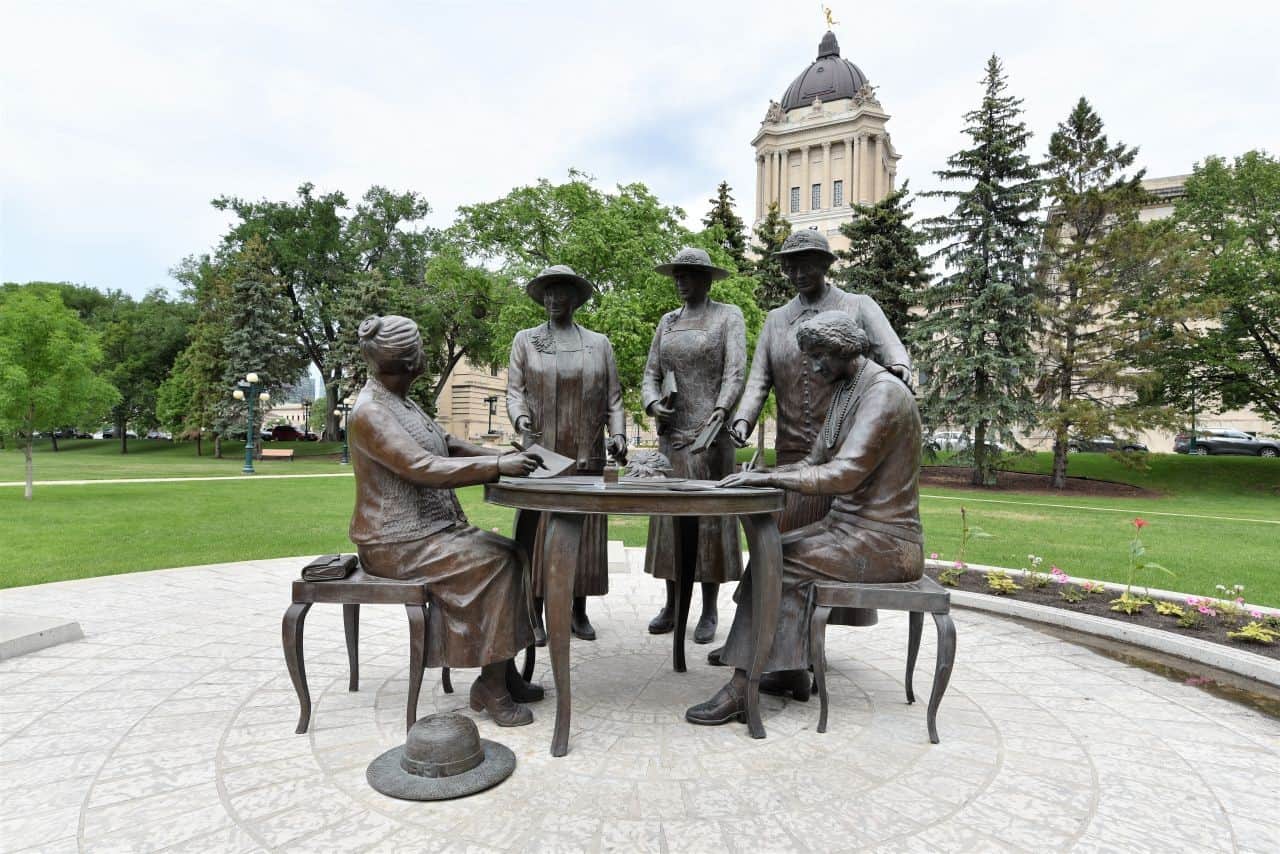
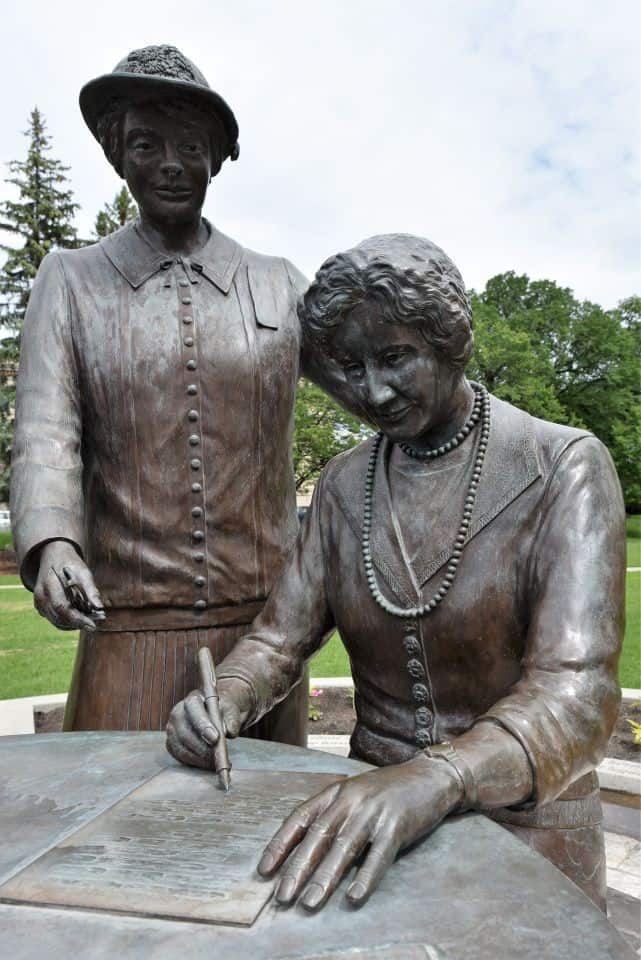
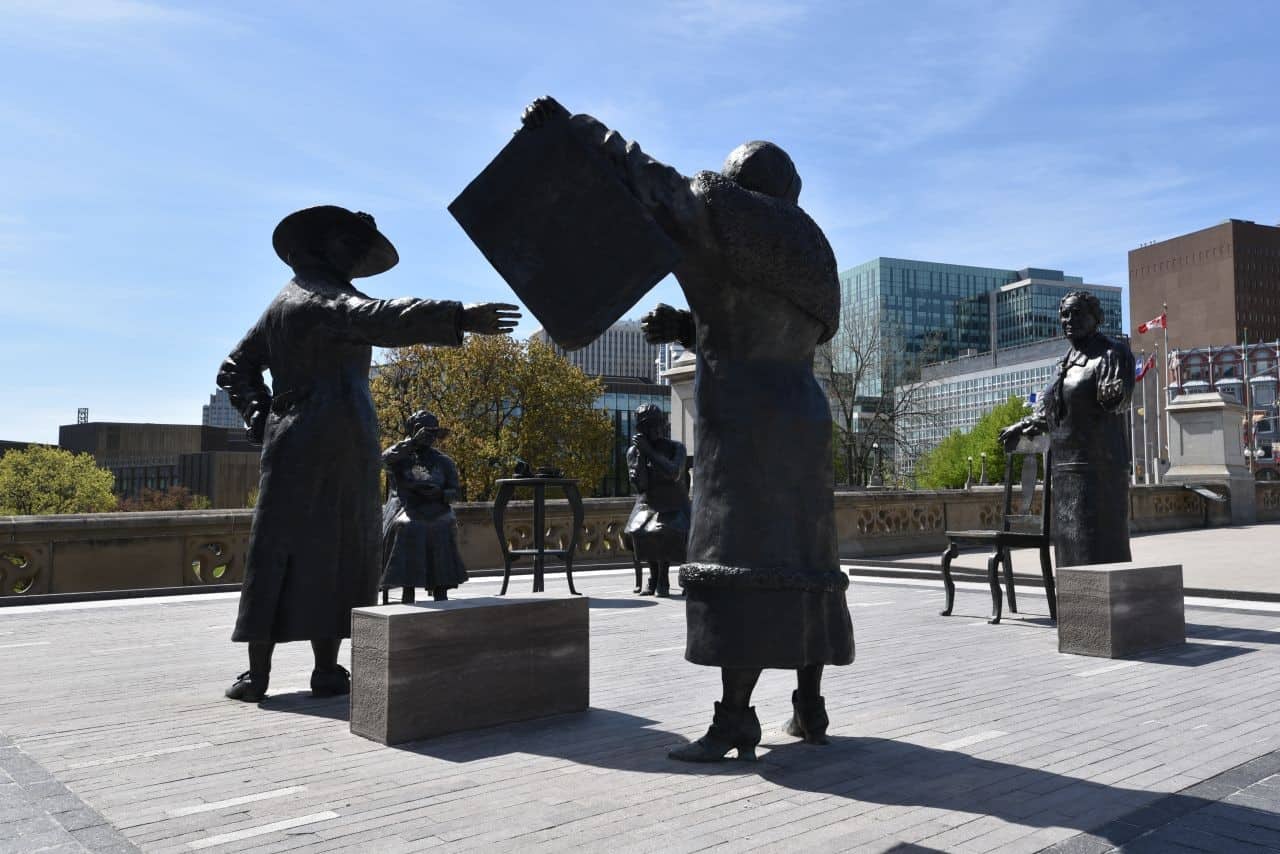

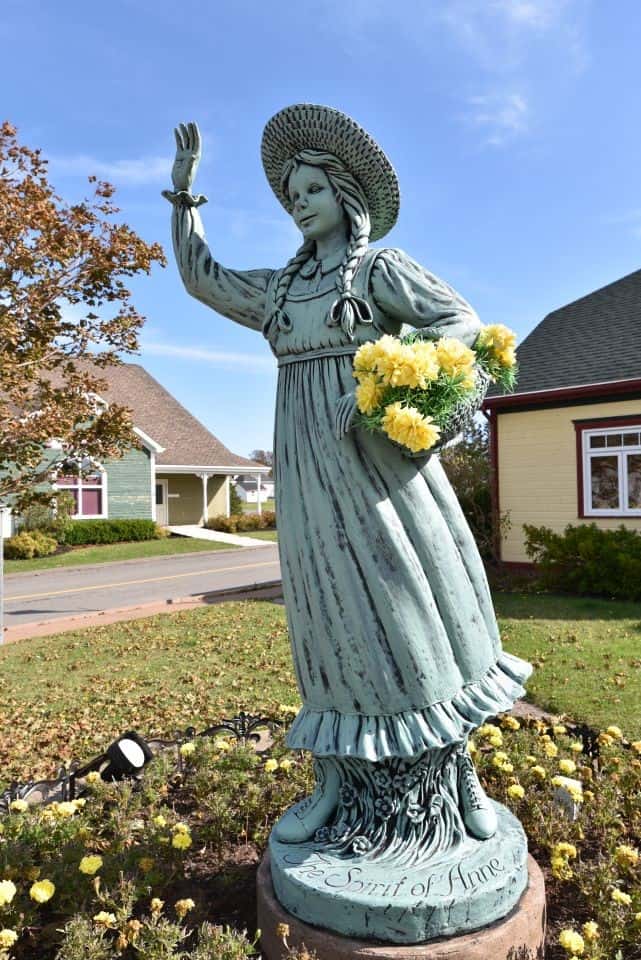
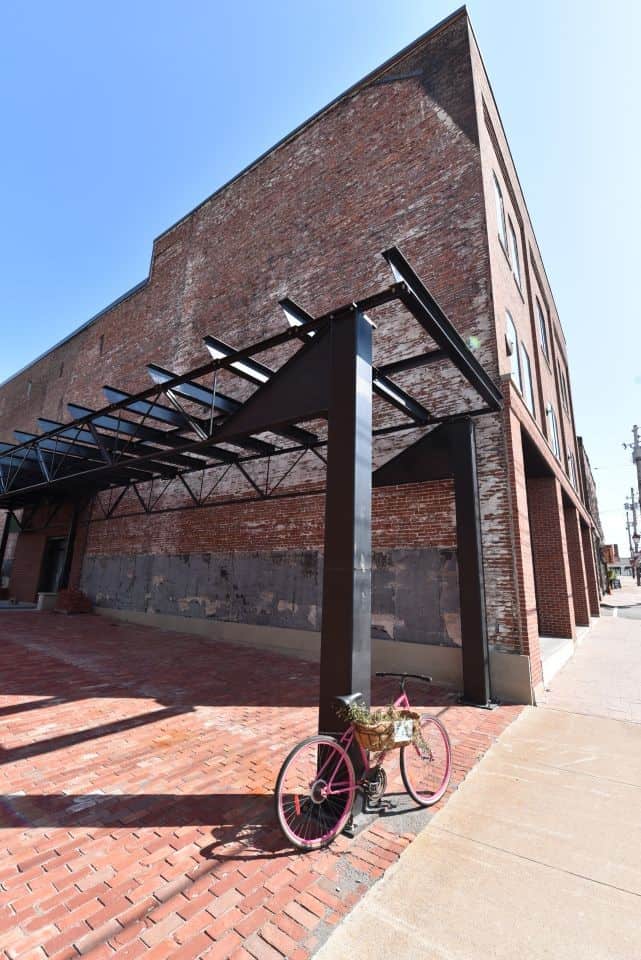
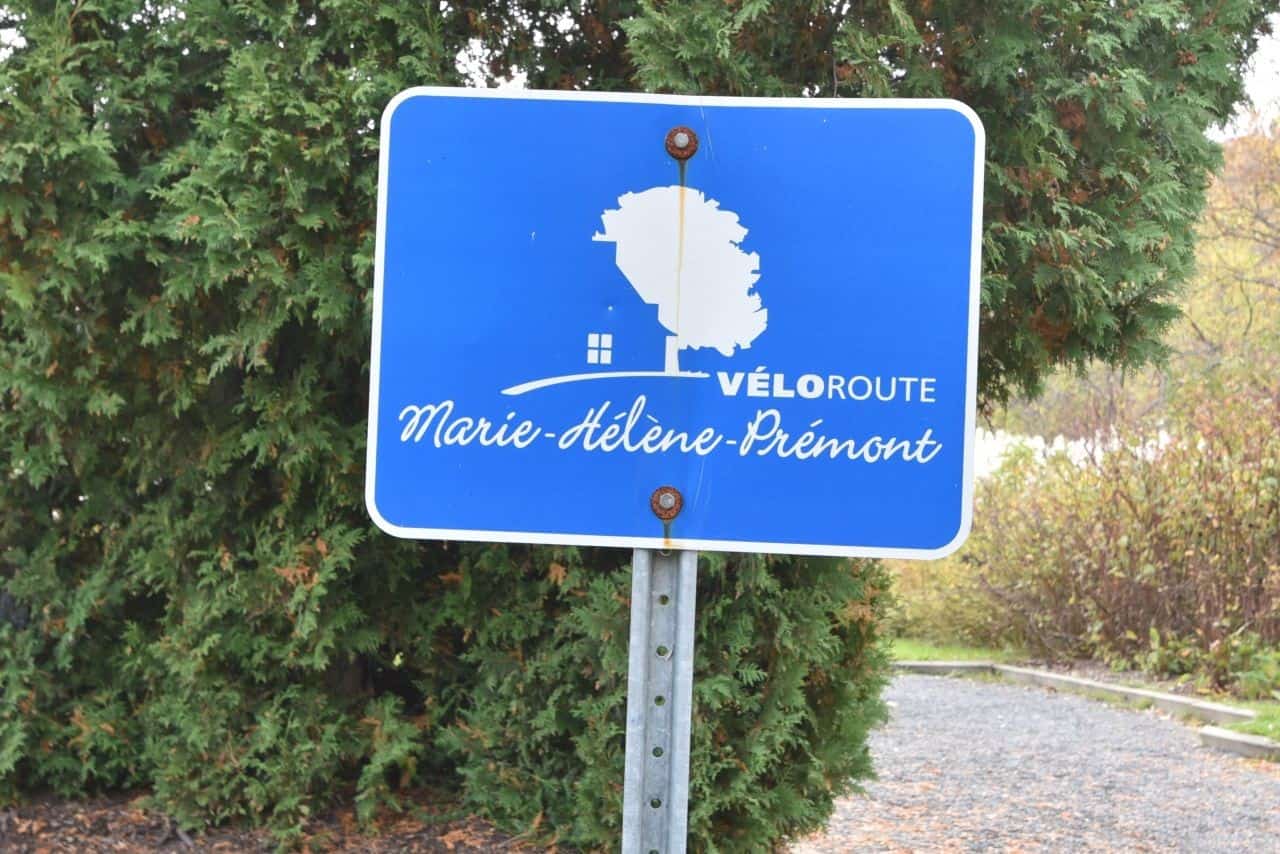
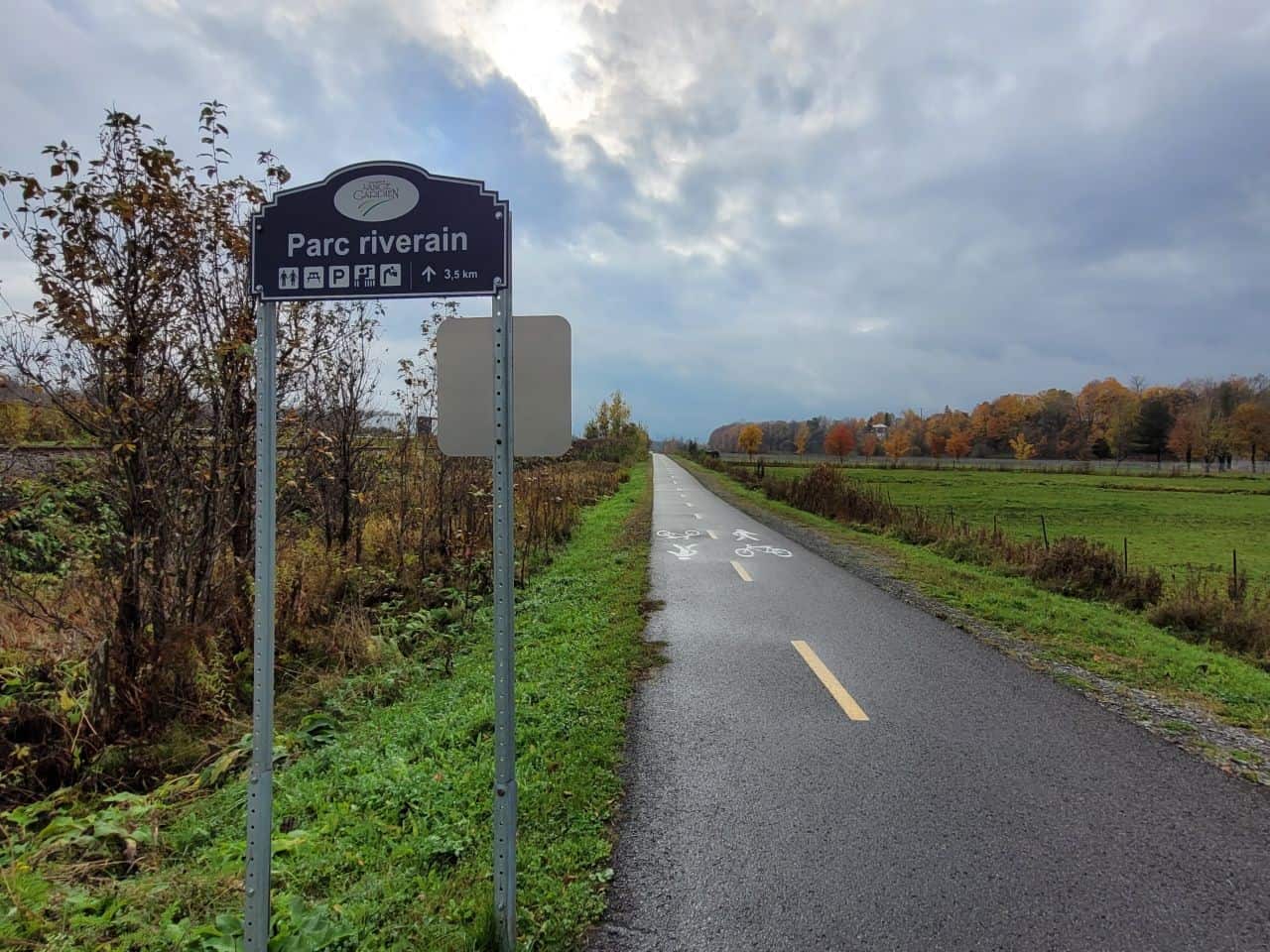

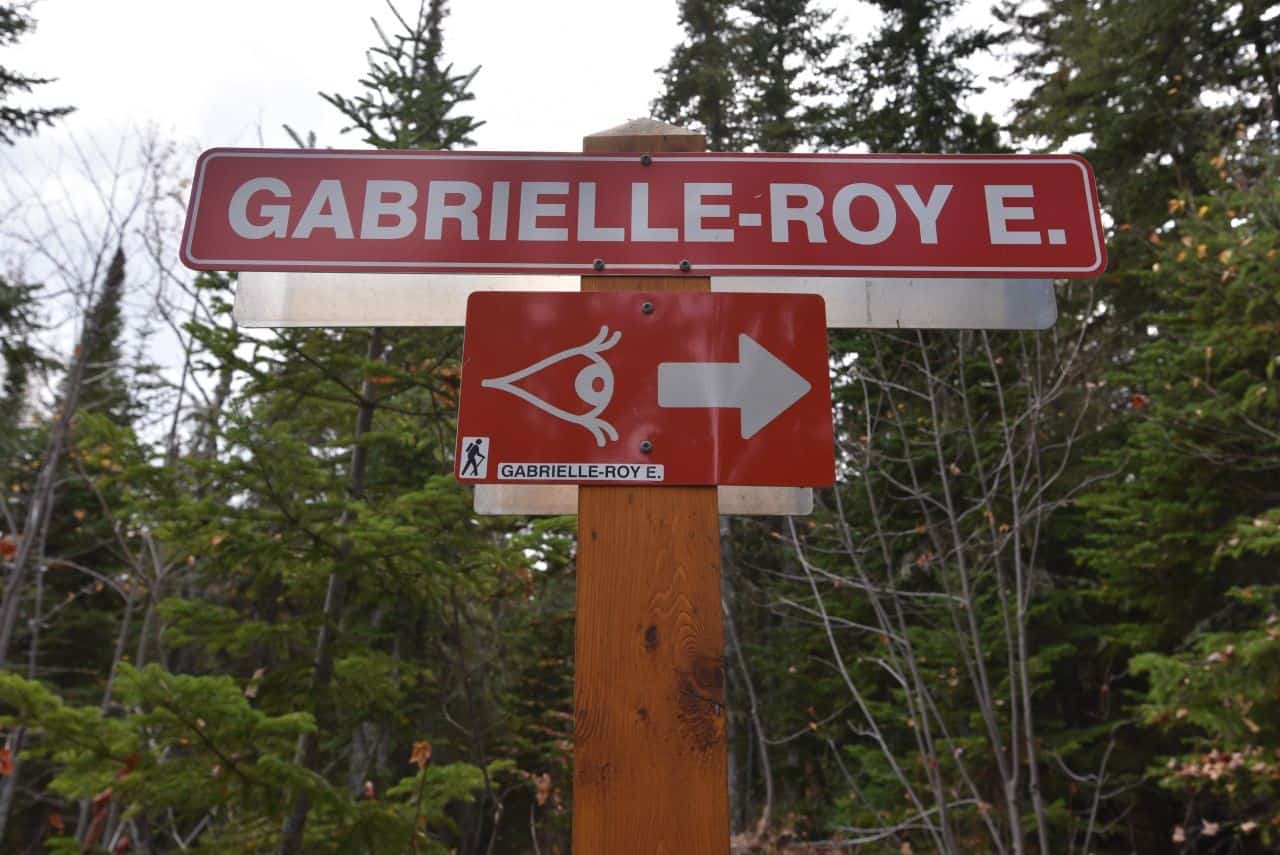
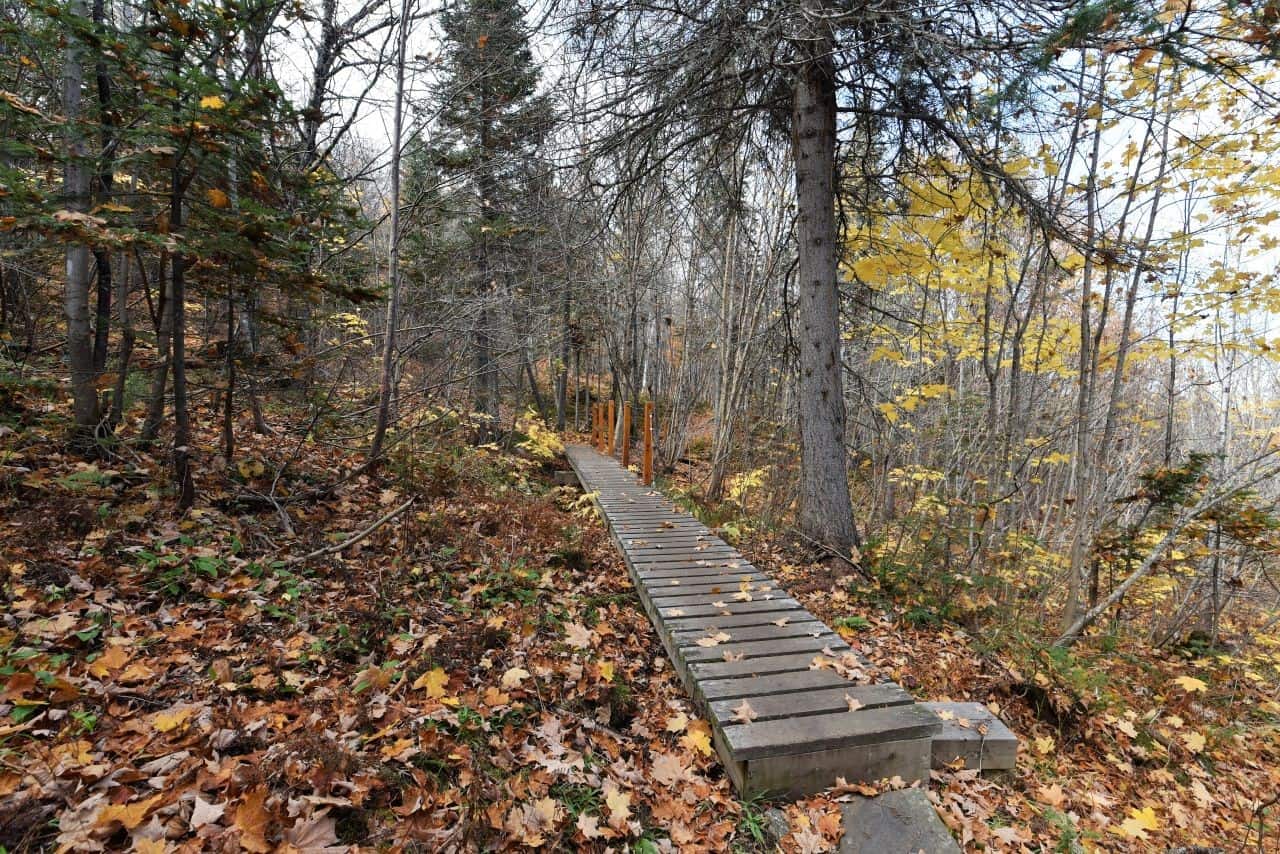
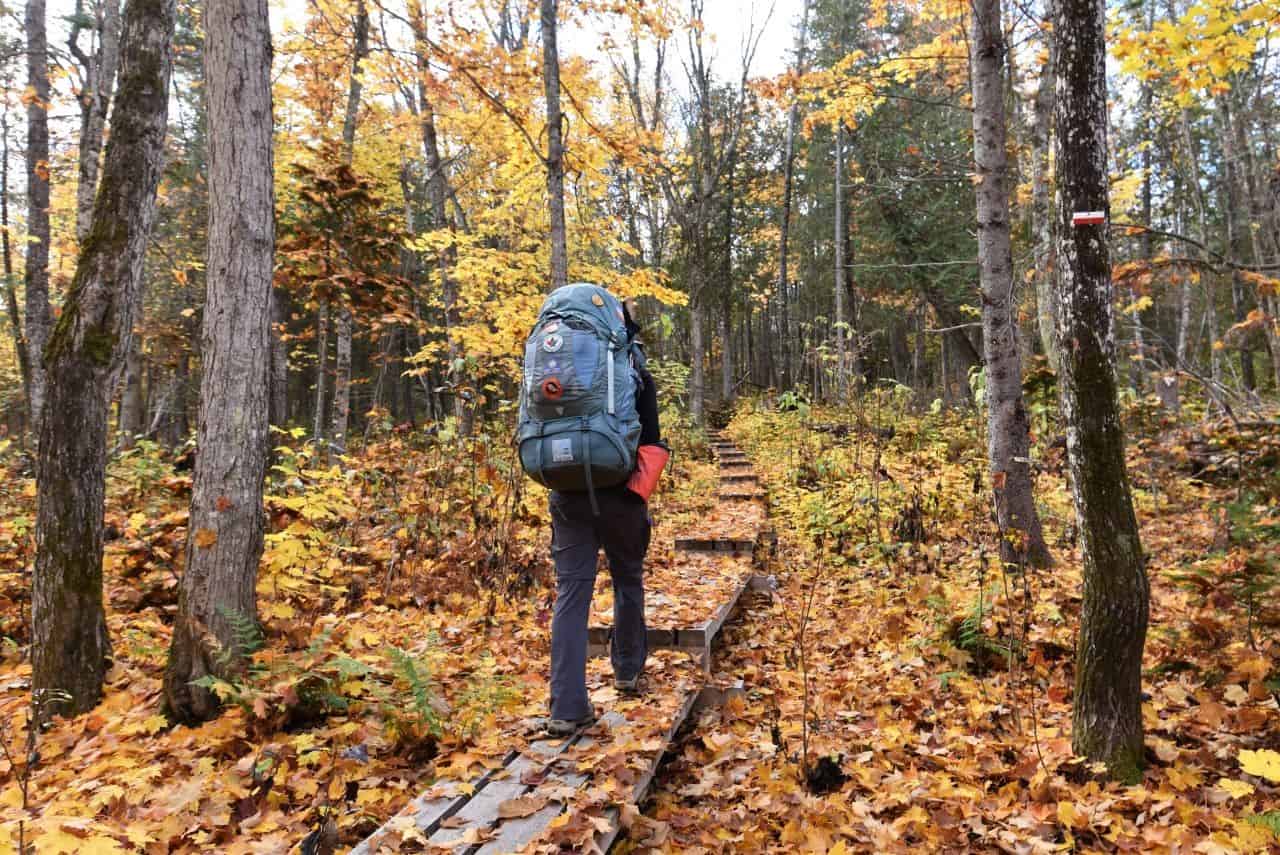

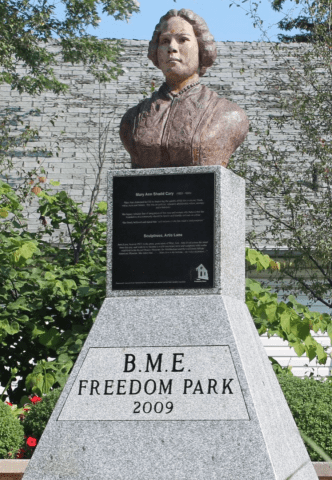
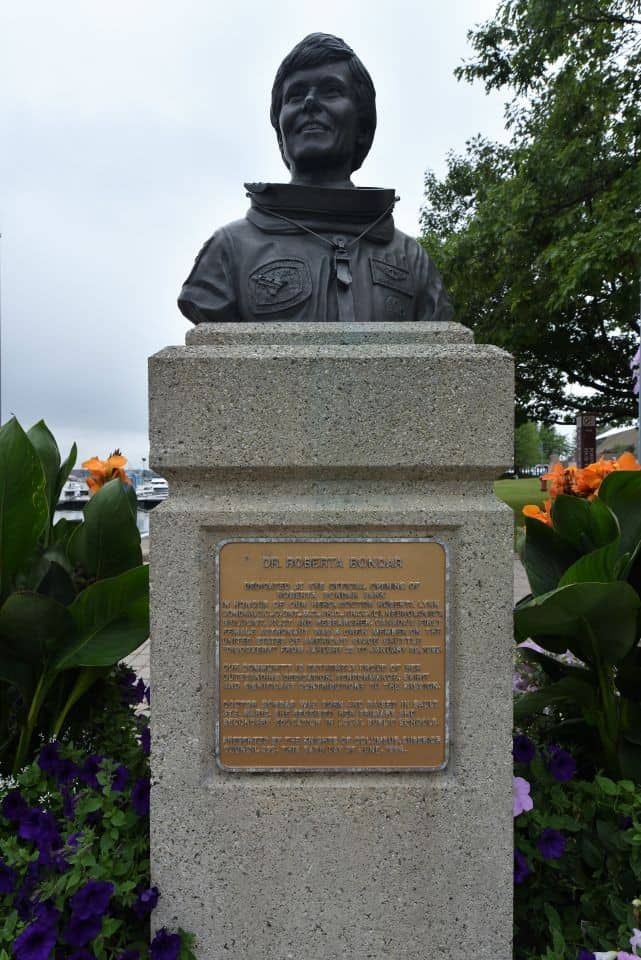
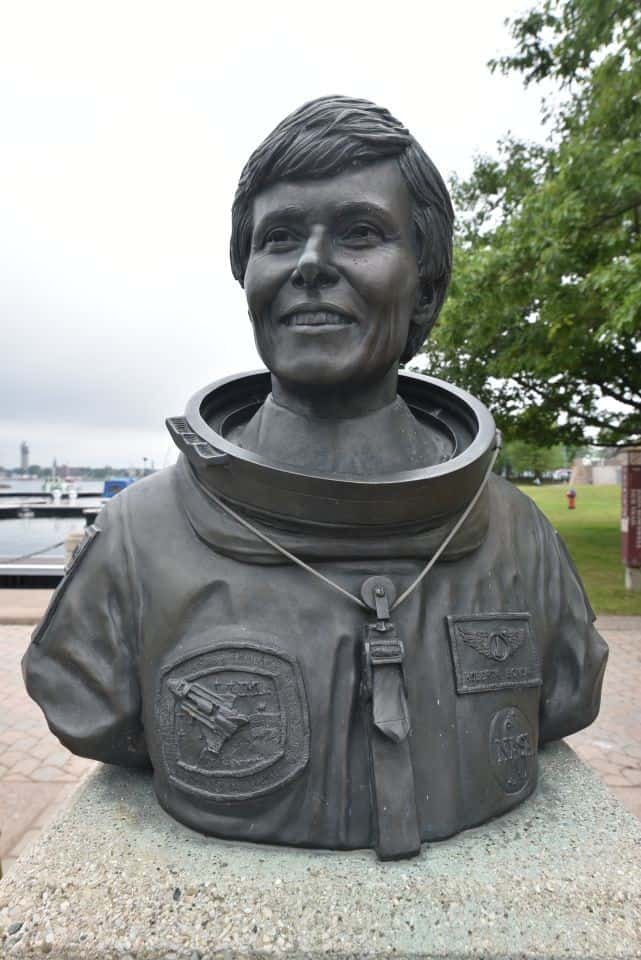
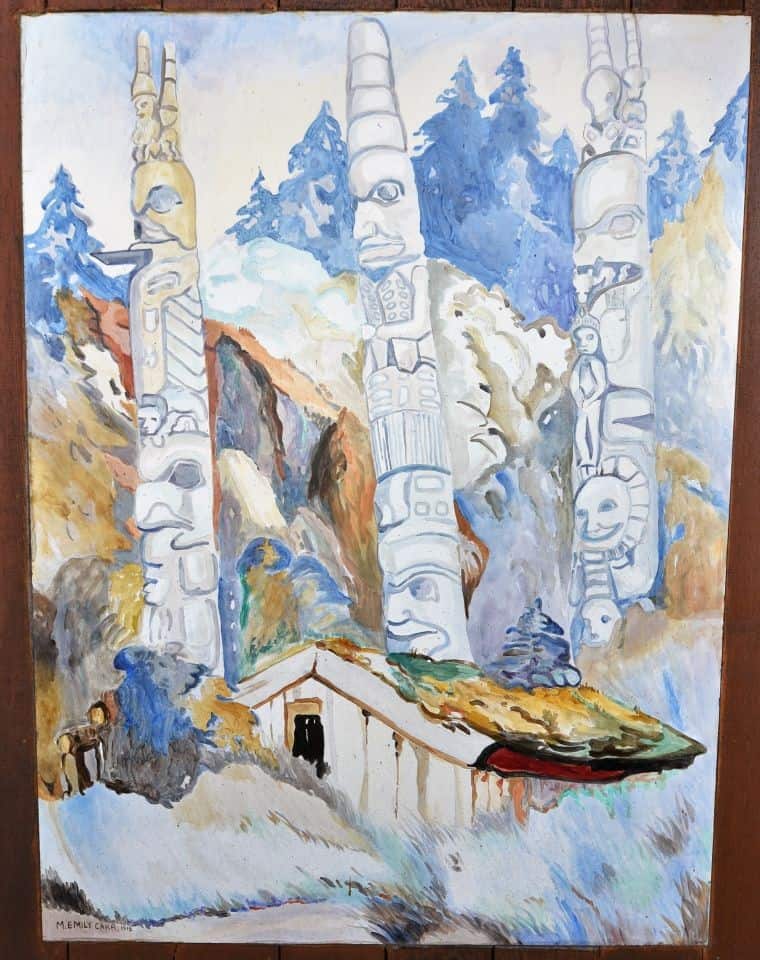


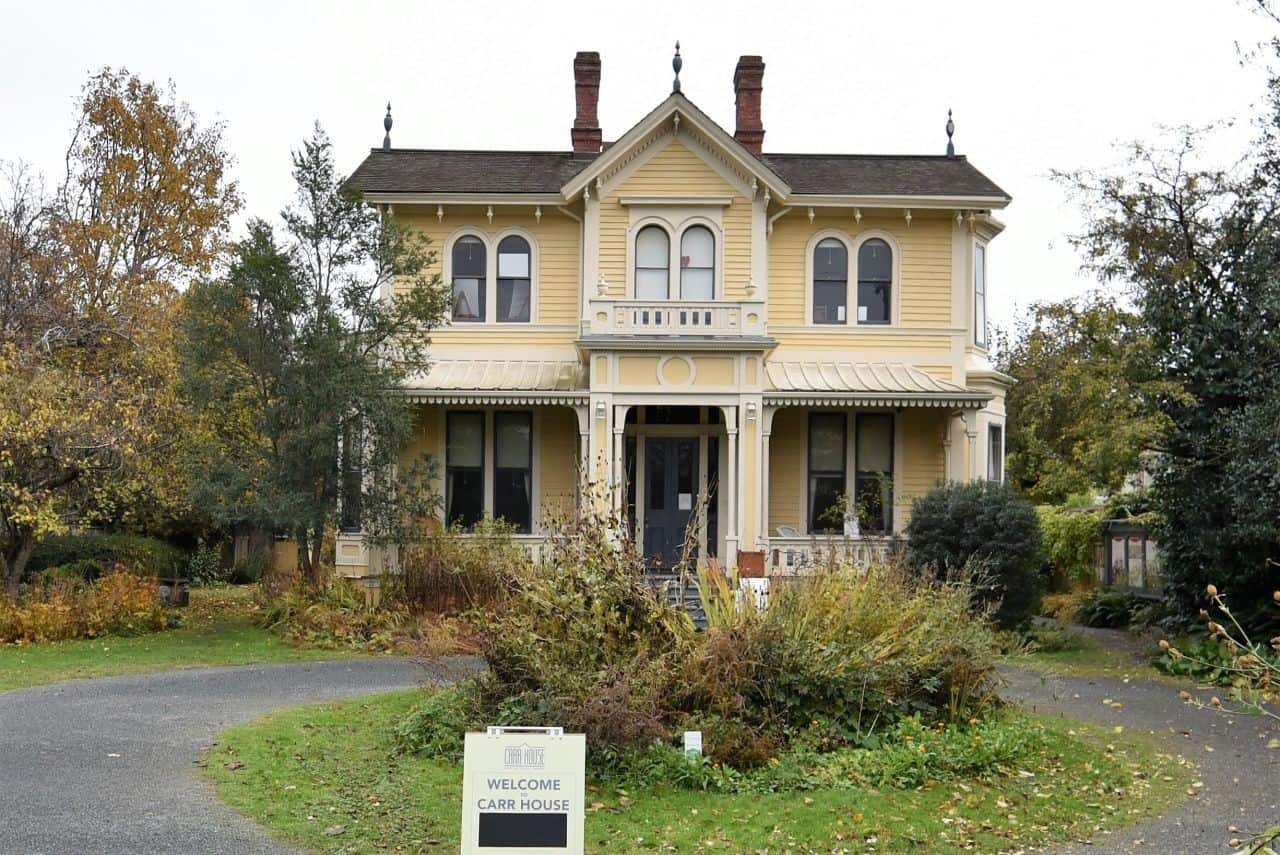
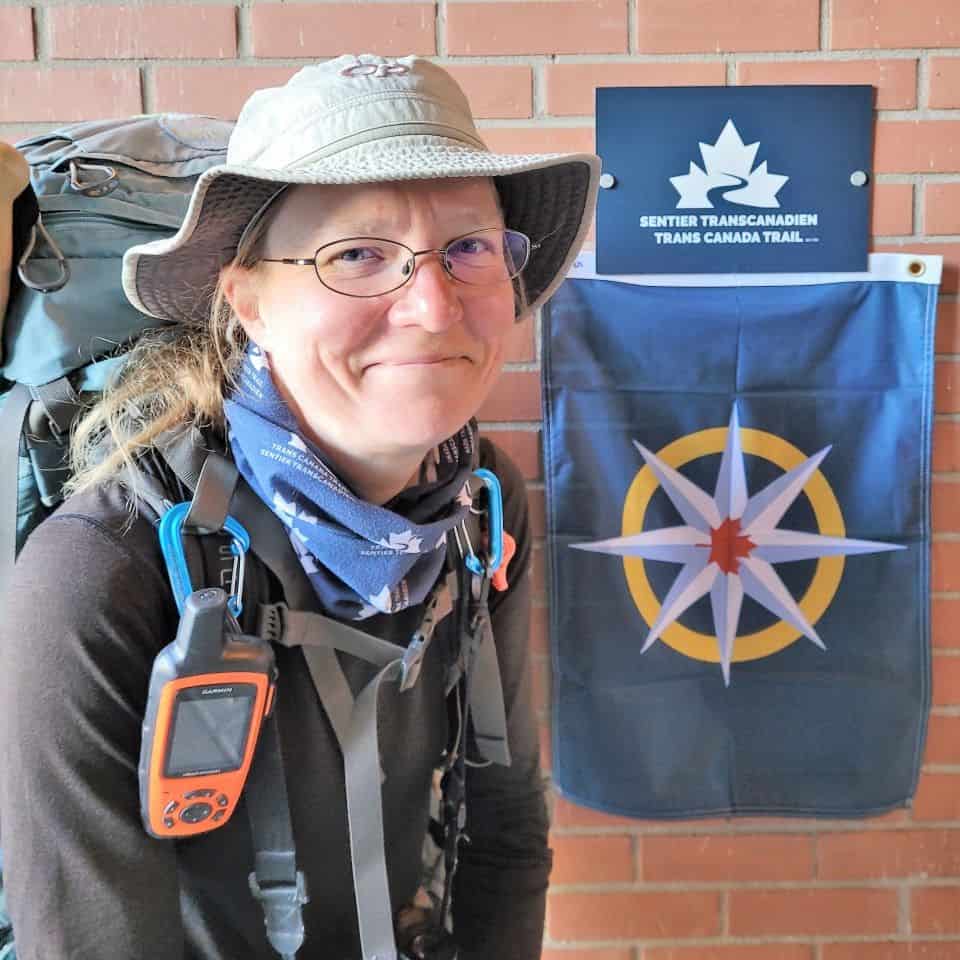


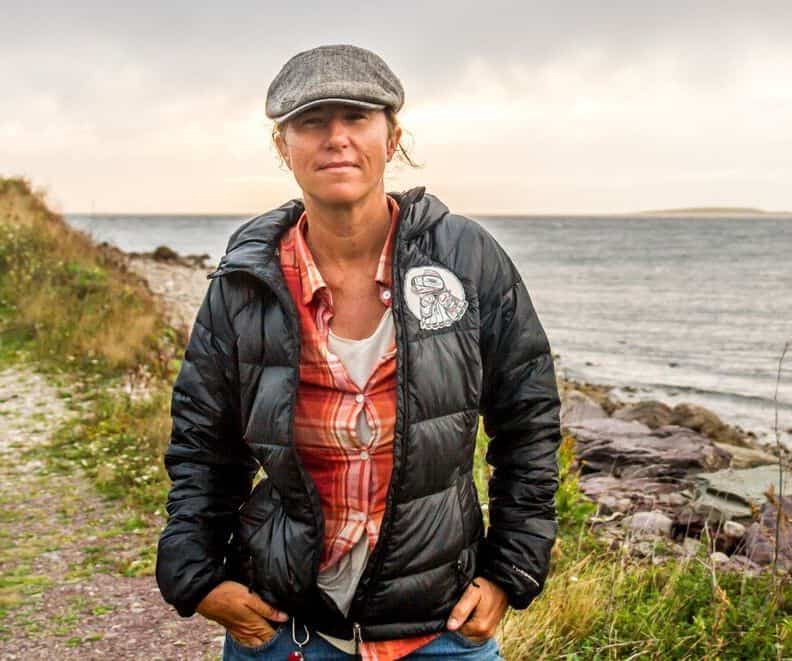
Comments 6
Very impressive group of women! Thanks for writing this, brings a light to some lesser known important ladies for sure.
It was extremely interesting, and the list of 'lesser known' women who accomplished incredible things was actually huge - it was hard to pick who to feature! Definitely enough material to do a second piece for International Women's Day next year!
Very interesting aspect of your trip across Canada. I'm glad you took the time to research and put this all together.
There are so many aspects of Canada's histories, cultures, peoples, and natural places that are featured on the Trans Canada Trail. I think I have writing material to last a lifetime. Sometimes it was frustrating to spend so much time meandering north and south instead of just walking westward across Canada, but we sure got to see and learn some amazing things along the way - totally worth it!
Excellent post Sonya! I am a huge Emily Carr fan so very happy to see her on your list!
Yes! I love her work as well - both her paintings and her writing too!